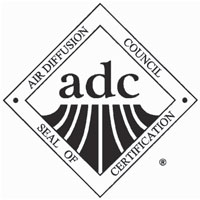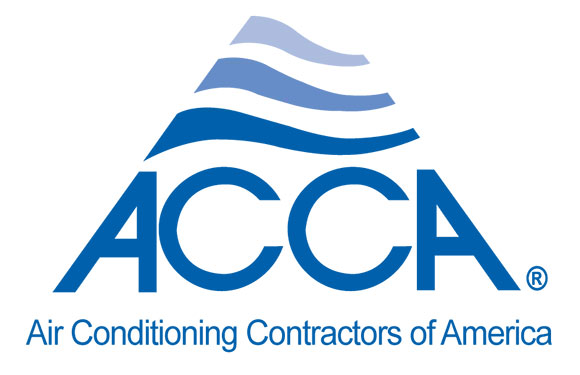
News
What Does ADC Mean by a Certified R-Value?
In the early days of insulated flexible duct, each manufacturer published their individual thermal values (R-Value) using various methods and test standards which caused confusion in the marketplace. Over time engineers, contractors and code officials required a standardized method to correctly determine and compare flex duct thermal values.
 The Air Duct Council (ADC), the association of North American flexible duct manufacturers, determined early in its formation that flex duct R-Values needed to be consistent throughout the industry. ADC, with the assistance of UL and ETL, created the ADC Thermal Performance Program for R-Value ratings in 1993 (25 years ago). This program includes testing of thermal values at the insulation manufacturer and testing and follow-up verification of product parameters at the flex duct manufacturer to classify the resulting flex duct R-Values. This method of testing, classifying, and follow-up testing was designed to keep the industry “honest and standardized” when publishing flex duct R-Values.
The Air Duct Council (ADC), the association of North American flexible duct manufacturers, determined early in its formation that flex duct R-Values needed to be consistent throughout the industry. ADC, with the assistance of UL and ETL, created the ADC Thermal Performance Program for R-Value ratings in 1993 (25 years ago). This program includes testing of thermal values at the insulation manufacturer and testing and follow-up verification of product parameters at the flex duct manufacturer to classify the resulting flex duct R-Values. This method of testing, classifying, and follow-up testing was designed to keep the industry “honest and standardized” when publishing flex duct R-Values.
The ADC test method determines R-Values based solely on the thermal performance characteristics of the insulation in the thickness it is installed. Inner core films and vapor barrier properties are not used. Most building codes today recognize and enforce the need for a standard method of determining duct R-Values. Many mechanical codes include language requiring duct R-Values based on the insulation only. ADC members adhering to this method can “certify” their products for R-Value performance and label with the ADC Thermal Performance Seal of Certification.
So, how do you know if a flex duct meets the R-Value required by building codes, engineers, and contractors? The answer is simple. Look for the ADC Thermal Performance “Seal of Certification” prominently displayed on the vapor-barrier of your insulated flex duct.
















